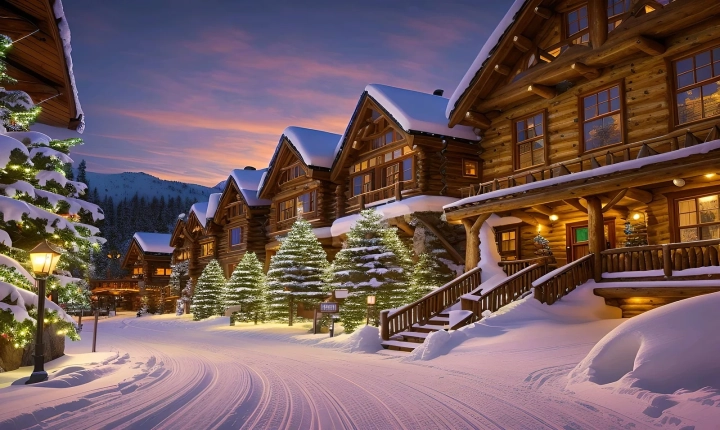Artificial intelligence (AI) has opened up a world of possibilities in the field of image creation and manipulation. Using AI, it is now possible to generate stunning and realistic images, enhance existing images, and even create artwork from scratch. In this article, we will explore how AI can be used to make images and the various tools and techniques available for creators.
One of the most popular applications of AI in image creation is through the use of Generative Adversarial Networks (GANs). GANs are a type of neural network architecture that consists of two networks – a generator and a discriminator. The generator creates new images based on a given set of inputs, while the discriminator evaluates the generated images to determine if they are real or fake.
Using GANs, AI can be used to create hyper-realistic images of objects, landscapes, and even people. For example, researchers and artists have used GANs to generate lifelike portraits of people who never existed, as well as realistic depictions of imaginary creatures and landscapes. This technology has also been used in the entertainment industry to create special effects and CGI elements for movies and video games.
Another innovative use of AI in image creation is through the application of style transfer algorithms. Style transfer algorithms enable creators to apply the visual style of one image to another, resulting in unique and visually striking compositions. This technique has been used to create artistic interpretations of photographs, as well as to generate new designs and patterns based on existing images.
In addition to generating new images, AI can also be used to enhance and edit existing images. For example, image recognition algorithms can be used to automatically identify and remove imperfections in photographs, adjust color and lighting, and even generate realistic-looking 3D reconstructions from 2D images. These capabilities have been incorporated into popular image editing software, allowing users to achieve professional-level results with minimal effort.
Furthermore, AI-powered tools are also available for creating digital artwork. For instance, there are AI-based painting algorithms that can generate original artworks in various styles, from impressionist to abstract. These tools enable artists to experiment with new techniques and styles, as well as provide a source of inspiration for their creative process.
As the field of AI continues to advance, we can expect even more sophisticated and powerful tools for image creation to emerge. From generating realistic landscapes to producing original artwork, AI is revolutionizing the way we approach image creation and manipulation. With the right tools and techniques, creators can harness the power of AI to bring their visual ideas to life in ways that were previously unimaginable.
